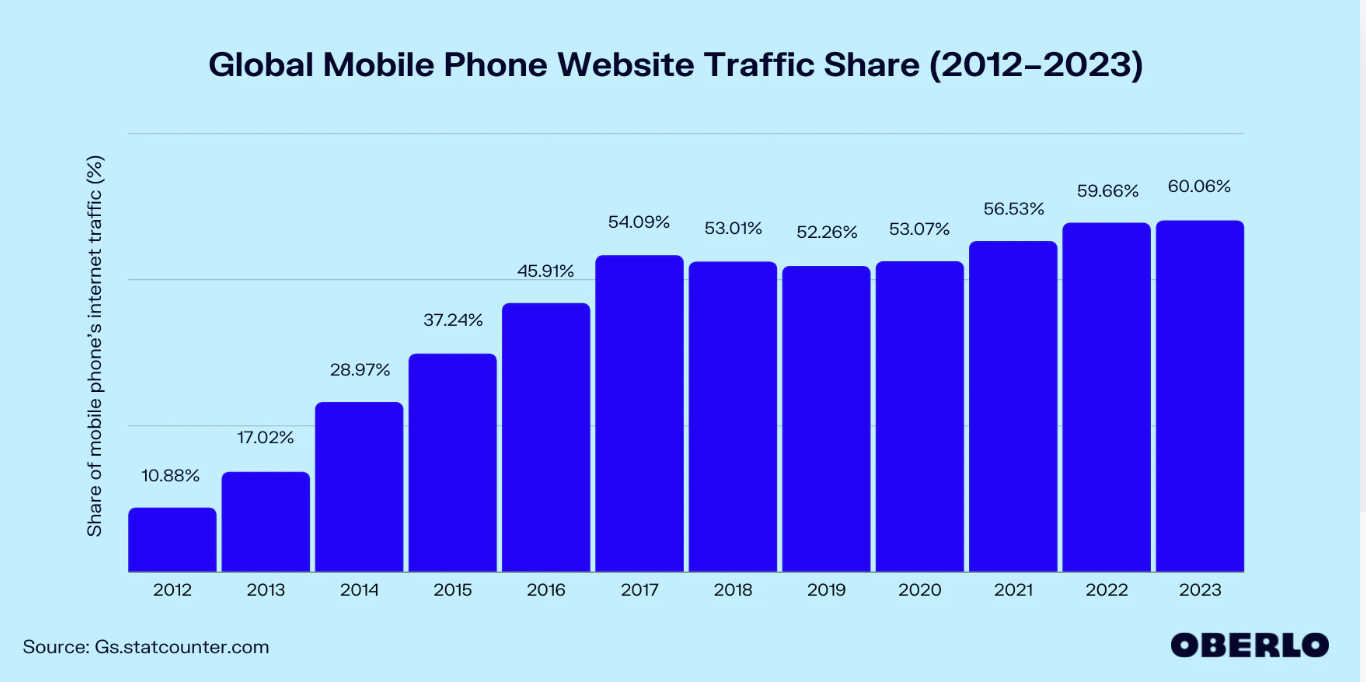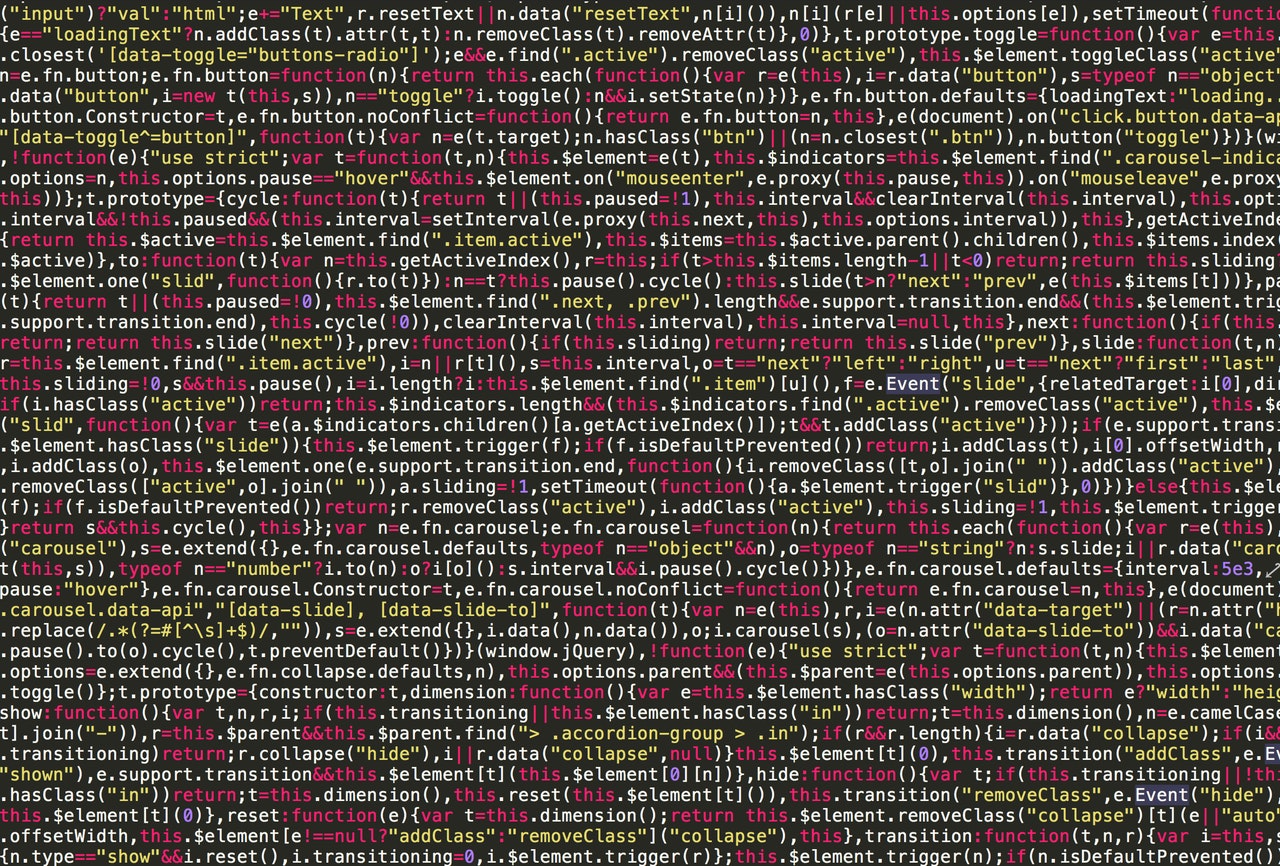No-code is revolutionizing the way people create software applications, allowing almost anyone to build and deploy complex web and mobile applications without coding knowledge or experience.
The rise of no-code platforms is enabling many entrepreneurs, small business owners, and startups to create their software applications quickly and cost-effectively. Using no-code development best practices can help projects run more smoothly.
Much like doing your own taxes or designing your own website, there is a learning curve with no-code development. Share on XHowever, much like doing your own taxes or designing your own website, there is a learning curve with no-code development. Best practices can help you avoid some missteps.
No-Code Development Best Practices
With the increasing popularity of no-code platforms, it's essential to understand some best practices to help you create high-quality and effective applications. Below we take a look at some essential no-code best practices you should follow when building your next application.
Plan your application
The first step in building a successful no-code application is to plan it thoroughly. Take the time to define your application's purpose, features, and functionality. Think about the user experience you want to create and the type of data your application will handle. Also, consider the scalability of your application, and plan for future growth.
Choose the right no-code platform.
Many no-code platforms are available in the market, and each has its own strengths and weaknesses. It's essential to choose the right platform for your application. Consider the platform's ease of use, pricing, customization options, integration capabilities, and security features.
Start small
No-code platforms allow you to create complex applications quickly, but that doesn't mean you should jump into building a complex application immediately. Instead, start small and focus on building a minimum viable product (MVP). An MVP is a simple version of your application that has only the essential features. This approach will allow you to test your application's functionality and gather user feedback before investing more time and resources into building a full-fledged application.
Use templates and pre-built components
One of the significant advantages of no-code platforms is that they offer a wide range of templates and pre-built components that you can use to create your application quickly. Pre-built components can save you time and effort and ensure your application is consistent and visually appealing.
Keep it simple
No-code platforms offer many customization options, and it can be tempting to use all of them to create a complex application. However, it's essential to keep your application simple and user-friendly. Avoid cluttering your application with too many features or options, and focus on providing a streamlined user experience.
Optimize for mobile devices
Today more and more people are running their lives and businesses on phones and tablets. As of February 2023, mobile accounted for 52.08% of total web visits. Apple’s Safari (52%) and Google Chrome (42%) are the most popular browsers.

Optimizing your no-code application for the mobile experience is essential. For example, make sure your application is responsive and looks great on different screen sizes. Test the app’s performance on mobile devices and optimize it for faster loading times.
Integrate with third-party tools
No-code platforms offer integration capabilities that allow you to connect your application to third-party tools and services. Integrating with third-party tools can add functionality to your application and enhance its user experience. Tools such as payment gateways, email marketing services, and analytics platforms can provide additional value to your users.
Security is essential
Security is a critical aspect of any software application, and no-code applications are no exception. Use secure authentication and authorization mechanisms to protect user data and encrypt sensitive data when storing it, and use SSL certificates to secure your application's communications.
Test your application
Testing is essential to any software development process, and no-code applications are no exception. Make sure to test your application thoroughly to ensure that it works as expected and doesn't have any bugs or errors. Consider user testing beta versions to get feedback on your application's user experience and identify areas for improvement before you roll it out to a wider audience.
Moving Ahead
No-code applications are yet another example of how software development continues to evolve. Even as the tools evolve, one thing that has not changed is the need for strategy, planning, and testing. App security and data storage in particular are very critical design aspects that companies need to address.
At Sharkbyte, we have years of experience helping clients with software development strategies and roadmaps. Contact us today for a free consult about the best way to integrate no-code development into your project.
Checklist of No-Code Development Best Practices
- Plan your application first
- Choose the right no-code platform
- Start small
- Use templates and pre-built components
- Keep it simple
- Optimize for mobile devices
- Integrate with third-party tools
- Build a secure application
- Plan for testing and improvement



